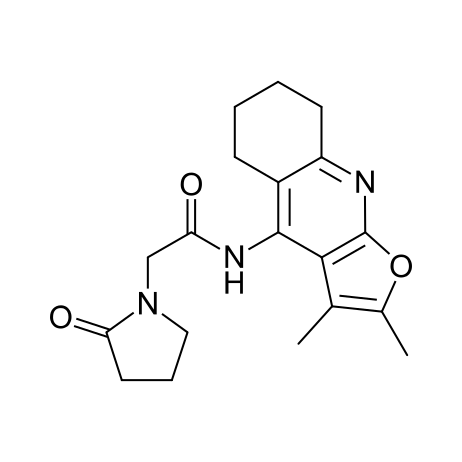<h2>Introduction</h2>
Coluracetam is a nootropic drug that belongs to the racetam family. It was first synthesized in Japan in 2005 and has gained popularity among users as a cognitive enhancer.
<h2>Mechanism of Action</h2>
Coluracetam works by modulating the high-affinity choline uptake (HACU) system in the brain. This results in an increased availability of acetylcholine, a neurotransmitter that plays a vital role in memory formation and learning.
<h2>Benefits</h2>
Studies have shown that Coluracetam can improve cognitive function, memory, and learning ability. It has also been shown to have neuroprotective effects and may be beneficial in the treatment of Alzheimer’s disease.<h2>Dosage</h2>
The recommended dosage for Coluracetam is 20-80 mg per day, taken in two to three divided doses.
<h2>Side Effects</h2>
Coluracetam is generally well-tolerated, with few reported side effects. However, some users may experience headaches, nausea, or gastrointestinal discomfort.
<h2>Conclusion</h2>
In conclusion, Coluracetam is a promising nootropic drug that has demonstrated cognitive-enhancing effects. Further research is needed to fully understand its mechanism of action and potential therapeutic applications. However, current evidence suggests that it may be a safe and effective cognitive enhancer.
